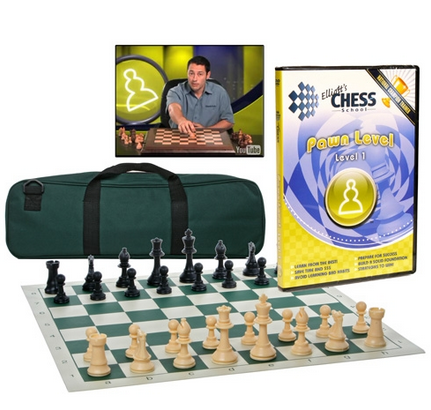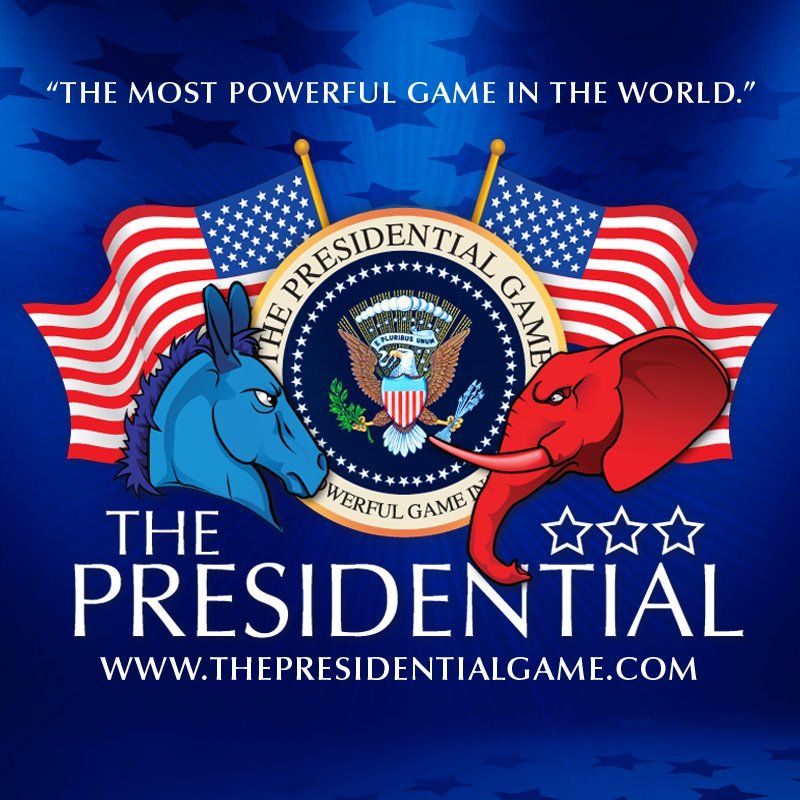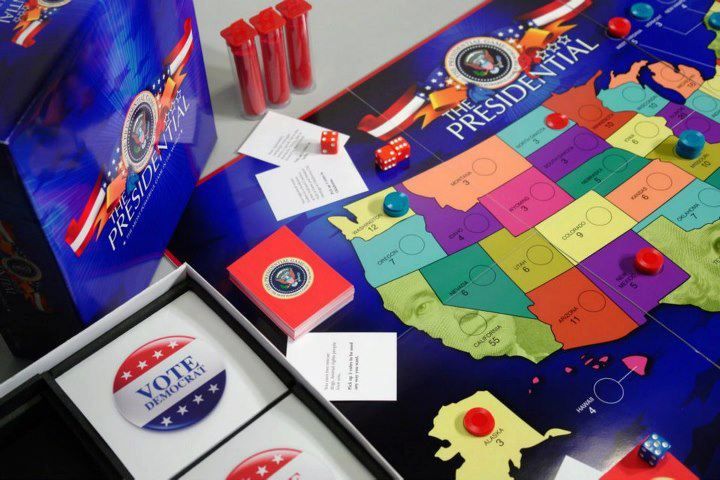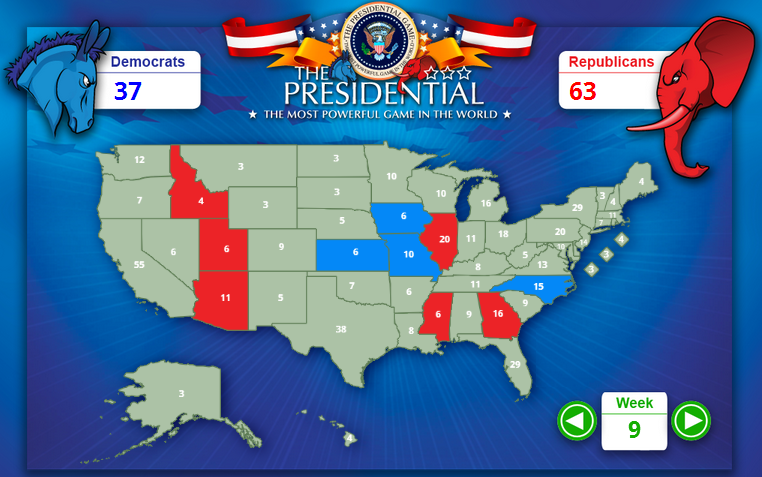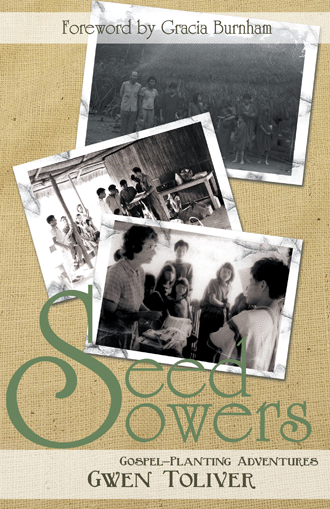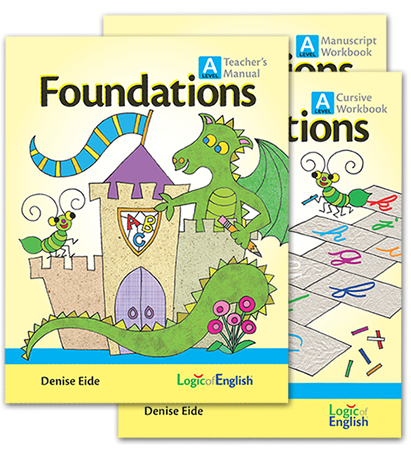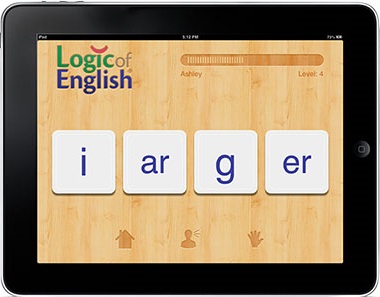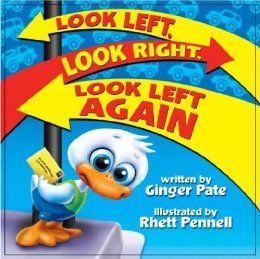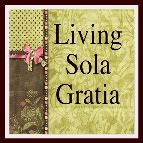
I have always wanted to learn how to play chess, but for some reason have been a little intimidated. I have always thought of chess as being too hard to learn to play.
Several weeks back we were sent a Starter Chess Learning Kit from Chess House. Our kit included:
Elliot's Chess School Level 1 DVD "Pawn School"
1 Vinyl Chess Board
Full 32 Piece Chess Set (plastic)
Travel Bag to hold the board, pieces and DVD (several color choices are available)
Two of my children have had a real interest in learning to play chess. Once our package arrived Computer Girl and Alpha Boy wasted no time and dug right in. The package was open and the DVD was playing with in minutes of the UPS man leaving our house.
Chess School is taught by National Master Elliot Neff, who has been coaching students in chess for the last 18 years. The Chess House teacher, shows beginners the in's and out's of chess in this 49 minute video. The DVD is broken into 10 different topics, which explain the value and best strategy for each chess piece.
- Intro to Chess (board, names of pieces, values)
- Pawns
- Rooks
- Bishops
- The Queen
- The King
- Knight
- Castling
- Pawn shields and when to break it
- Development
The Chess School Level 1 video simplified learning the game of chess for us. The video gave us enough knowledge, strategy, and confidence to now be able to play chess with ease.
We felt that the DVD was very easy to understand, as well as easy to rewind if we missed something {wink, wink}. I liked how this DVD takes you step by step with each piece, so that you really have good foundation for understanding the game of chess.
The chess set that we received has a vinyl board that rolls up easily for storage and travel. The board is 20"x20" and features a built in grid. I love that it comes in such a portable bag!
My children that used the chess set and DVD are 10 and 7, but this starter kit is really for all ages.
This Starter Chess Learning Kit was a blessing to us! We have unsuccessfully tried to learn to play before from a book, but the DVD was much easier to understand. The kids are happy to pull out the chess set and play, now that they know how!
This Starter Chess Learning Kit was a blessing to us! We have unsuccessfully tried to learn to play before from a book, but the DVD was much easier to understand. The kids are happy to pull out the chess set and play, now that they know how!
The Chess House Starter Chess Learning Kit that we received is available online for $39.95, plus shipping. It would make a great
We would like to continue learning with Chess School, they actually offer four levels in this series. They are available as a set, or individually.
- 1 of Elliott's Chess School #1 PAWN Level DVD ($20.00)
- 1 of Elliott's Chess School #2 KNIGHT Level DVD ($40.00)
- 1 of Elliott's Chess School #3 BISHOP Level DVD ($40.00)
- 1 of Elliott's Chess School #4 ROOK Level DVD ($50.00)
ludes:
- Elliot’s Chess School DVD one ‘Pawn level‘
- A chess board that is odor free and made in the US
- A full plastic chess set that is durable and has easy to replace pieces
- A handy carrying case that holds all 32 chess pieces, the roll-up game board, and the DVD all in one handy place.
ludes:
- Elliot’s Chess School DVD one ‘Pawn level‘
- A chess board that is odor free and made in the US
- A full plastic chess set that is durable and has easy to replace pieces
- A handy carrying case that holds all 32 chess pieces, the roll-up game board, and the DVD all in one handy place.

